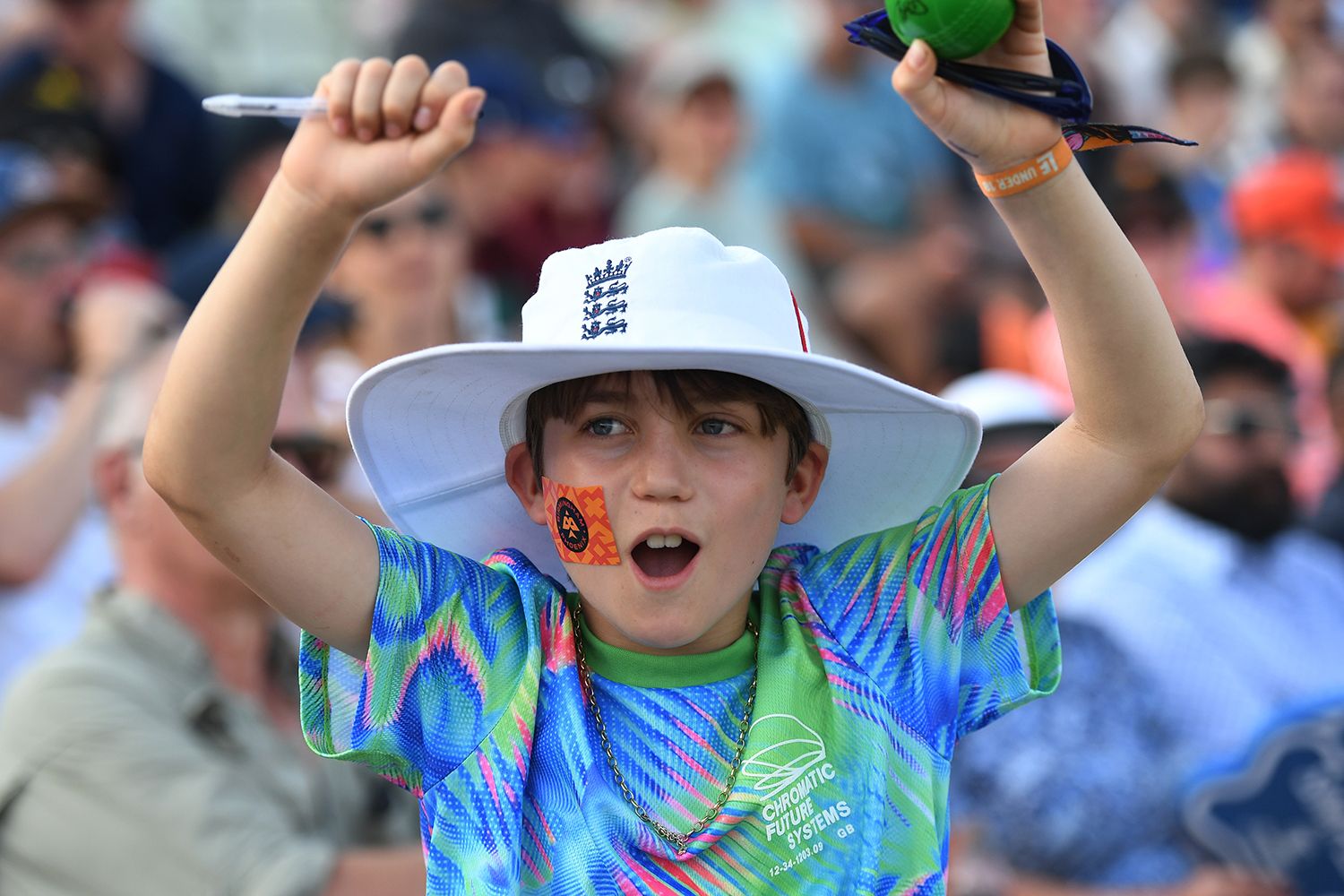On a beautiful day last June, I sat at New Road gazing at Worcester cathedral and chatting to the distinguished guests of the Professional Cricketers’ Association. Out on the field Dan Lawrence was hitting Shoaib Bashir for five sixes in an over which, with no-balls and wides included, went for a record 38 runs. Losing the battle to retain the interest of Nigel Cowley, I chatted instead to a newly-appointed executive of the England and Wales Cricket Board (ECB).
It was, for me at least, a challenging conversation. The ECB man was putting an emphatic case for the Hundred, the new-fangled competition that I had regarded as tantamount to the death of cricket’s soul. I was putting the standard grumpy old-timer’s view. The Hundred ruins the summer and compresses Test cricket into July. The format needlessly replaces six-ball overs with five-ball “sets”. The teams have no connection to the historic counties and none of the players feels the slightest affiliation to their franchise. This is cricket, as Michael Henderson put it in That Will Be England Gone, “for people who don’t like cricket”.
It’s a well-worn objection and I warmed to my theme until the man from the ECB pulled me up short. After he had made a good case for the financial surge that the Hundred could bring to the domestic game he met my objections with a troubling question: “If The Hundred is not an admissible way to bring in the money, what would you do?” Waffling hopelessly, I was like the Irishman in the joke who wouldn’t start from here.
The case for the Hundred is now material. In 2024 the ECB transferred 51% of the ownership of the eight Hundred franchises to the relevant counties and put the international market on notice that the other 49%, retained by the ECB, was up for sale, although the broadcasting rights would be retained. The proceeds from any sales would be split: 10% to the game in the country and 80% shared between the 18 first-class counties and the MCC. There was a further stipulation, that if the host county sold some or all of its 51% share it could keep 80% of the money raised, the remaining 20% being split between recreational cricket and the other counties.
In January of this year the ECB sold its eight stakes in the franchises. Most of the counties kept hold of their 51%, and therefore effective control. The two exceptions were Lancashire and Yorkshire. Lancashire sold 21% and Yorkshire, £25m in debt, sold the job lot for £58m. The owners of the Delhi Capitals, the Mumbai Indians, Sunrisers Hyderabad, Lucknow Super Giants and four American consortiums paid more than £500m to buy into English cricket. The game has never seen such riches.
They were needed too. There were probably six counties staring down the barrel at insolvency. The proceeds from the Hundred are a one-off fix. Maybe this is a postponement of the reckoning rather than a cancellation. But if the Hundred buys nothing more than time, at least it buys that. And the windfall surely means that anyone who disdains, or even deplores, the Hundred surely has to have a better plan for paying the bills.
Photograph by Philip Brown/Getty Images
